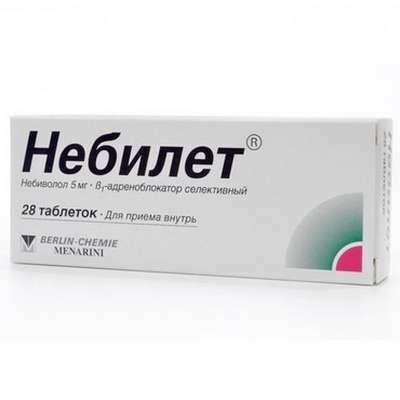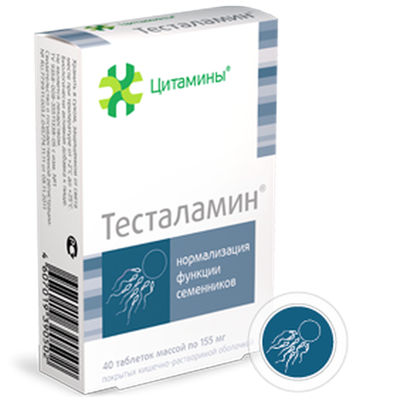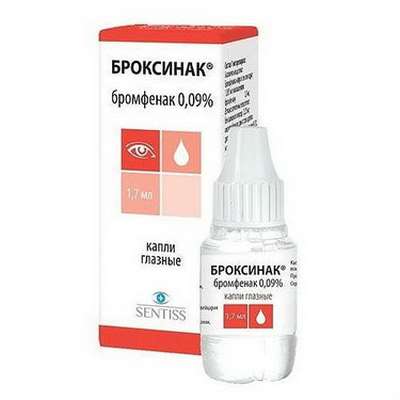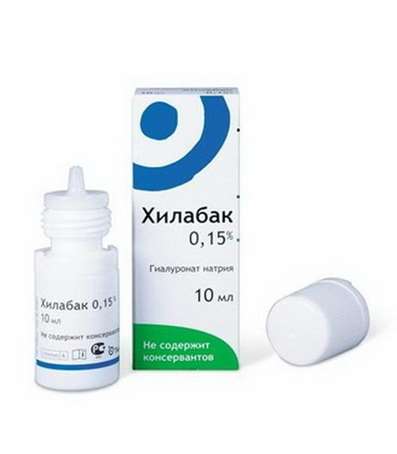FAQ: Resistance to AIDS
12 Dec 2016
6 facts about genetic mutation that protects people from HIV infection

AIDS is called the "plague of the XX century". The causative agent of progressive immunodeficiency syndrome disease was discovered in the 1980s. He was a virus, previously unknown and hit people, apparently, not so long ago from the wild. The epidemic has spread throughout the world, and have spent a great effort in search of treatment and methods of preventing infection.
- 1.The reason for the resistance to HIV infection
People who have been infected with this new virus, examined and observed, in order not to miss the beginning of the disease and to identify their partners, which could also be infected. In a study of several hundred people we have found that some partners of HIV-infected patients not infected with the virus. It turned out that the cause of infection is a resistance to a mutation in one of the human genes. This gene encodes a protein that serves as a "landing pad" for the immunodeficiency virus. By binding to the protein, the virus enters the cell. If no protein of the virus that does not "catch", and it does not penetrate into the cell, and thus does not develop infection. Cyanocobalamin injection - is necessary for DNA making.
- 2.Defective Genes
People are resistant to HIV infection in European populations of around 1%. These are people who have defective both copies of a gene encoding a protein that serves as "landing pad" for the virus. One copy of each gene a person receives from the mother, the second - from his father. If only one of the two copies is defective, then the person will be more resistant to infection, but not much. The likelihood of being infected with the virus by contact with it will have only a 10-13% lower compared to those with two normal copies of the gene. Carriers of this defective gene, if they are infected, Acquired Immunodeficiency Syndrome will develop over several years longer, and mortality from this disease will be reduced.
- 3.Distribution of mutations
The discovery of this mutation allowed to proceed with the development of AIDS vaccines. The vaccine aims to block the protein, and to make available for cell virus. The highest frequency of mutations, which spoils the gene and the protein receptor, which is associated with immunodeficiency virus, in North-West Europe: the Finns, Estonians and Russian north. There are a number of carriers of this mutation is 25%. Of these, only a small part is defective in both copies of the gene, while the other - one defective and one normal copy.
Carriers of a single copy of the defective are not resistant to infection, they are still infected with the virus in a collision with them. But if the infection infection develops them slower because they still fewer receptors, the virus reproduces slowly. When the mutation was discovered and it was found out that it is mostly found in the nations of Europe, and other nations, this mutation is practically absent, the researchers hypothesized that in Europe it could protect people from some other infections, such as the plague raged in Europe XIV century. This assumption has not been confirmed, and still do not know what the reason has caused the spread of this mutation.
- 4.Possible cause of the mutation
Some clarity emerged in the study of bone remains in graves on the territory of Europe. It was found that for three thousand years ago, the frequency of this mutation in the European population of the time was close to modern. Hence, in Europe there was something that led to increased mutation frequency. In addition to resistance to infections it might be random events, such as changes in population size, which sometimes leads to an increase in a completely neutral variants of genes. However, this mutation is apparently still has something useful and contributed to the selection.
There are people, who have come to Europe recently. These are the Jews, Russell, with his ancestral home of the Middle East two thousand years ago, and gypsies, which about a thousand years ago came from India and settled in Europe. Jews and Gypsies has been an influx of genes from its European neighbors. Jews less, according to some estimates up to 20%, such inflow of Roma from genes was greater. But the frequency of this mutation among them are the same as the Europeans. It says that when they come to Europe, they were confronted by the same factor, which acted on the people who lived in Europe for a long time, and mutation rate have increased. But how is a factor, is still unknown.
- 5.Influence of mutations on HIV-infected
This mutation studied intensively now, but it is not known how it affects the characteristics of the immune system. And to learn from what it protects people now or defended in the past. Studies are conducted Genetics, help to develop a vaccine to prevent infection with the human immunodeficiency virus.
We investigated the effect of the mutations on the survival of HIV-infected. The older generation remembers the tragedy that occurred in the late 1980s in the Soviet Union, when more than two hundred children were infected in hospitals in Elista and Rostov-on-Don. Doctors monitor these children and who treated them all the time blood samples were collected in order to determine the viral load. Mutations were analyzed (in DNA isolated from this blood), protecting against HIV infection.
- 6.The protective effect of the mutation
It turned out that children who are carriers of this same mutation in the gene for the receptor, which binds immunodeficiency virus, a lower level of mortality from HIV. A group itself infected with HIV had a lower frequency of this mutation than the control group of people of the same origin, living in the same region. This demonstrates the protective effect of the mutation.
However, the difference is small. In order to determine whether the protective effect is authentic, small group surveyed is insufficient and it is necessary to compare the results of dozens of studies and used statistical methods, which show that in the majority of HIV-infected people below the frequency of mutations in research than in the control groups of the same origin. These differences are not very large, and may not be very important for epidemiology. The peoples who have the mutation rate is the highest (25%), slightly better protected than people in Africa or Asia, where there is such a mutation. But the differences in the level of the population as a whole is relatively small - decrease becoming infected only 5% or 10%.
Therefore, the presence of this mutation in relation to the AIDS epidemic has very little impact at the population level. But, of course, it is important for an individual. And to carry out a genetic analysis of the presence of such a mutation may be important for the people of those professions, who are at increased risk of infection, such as doctors or those who work with blood. If a person is genetically protected against infection, probably, it will be easier and safer to operate, but it does not negate the precautions to be taken.

 Cart
Cart





